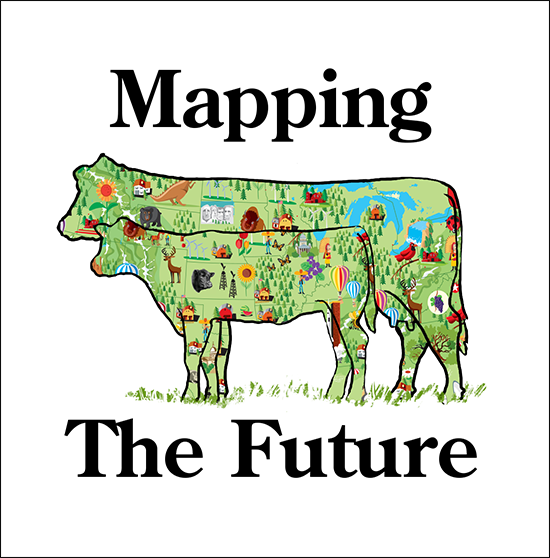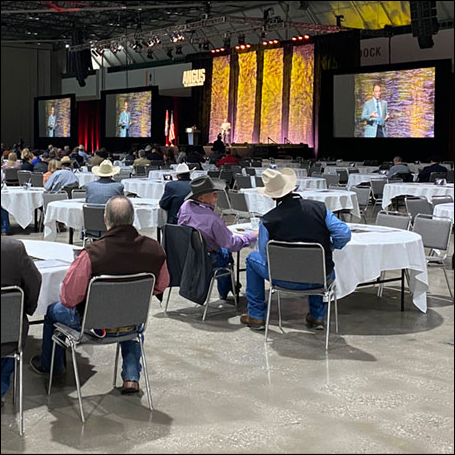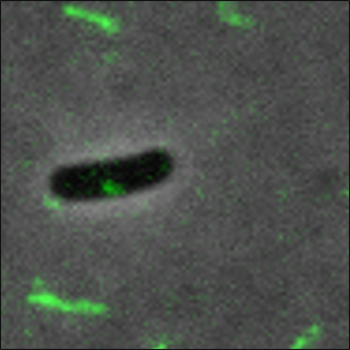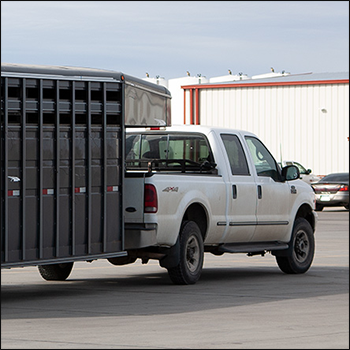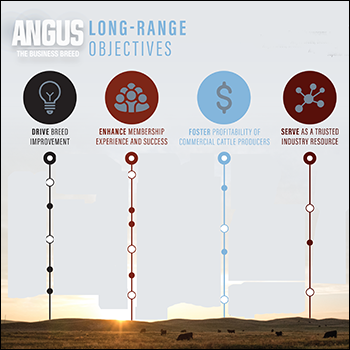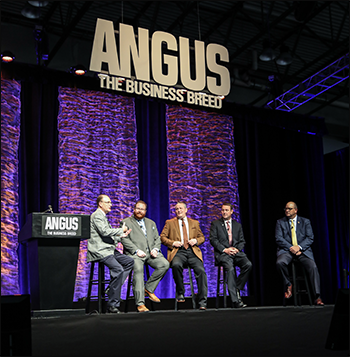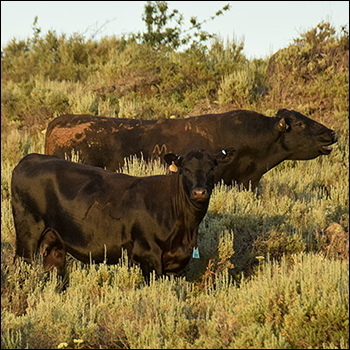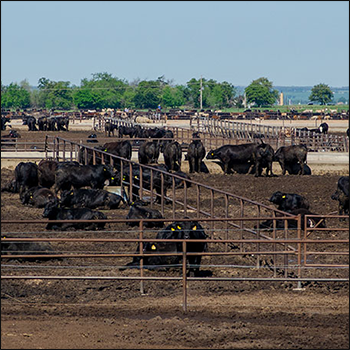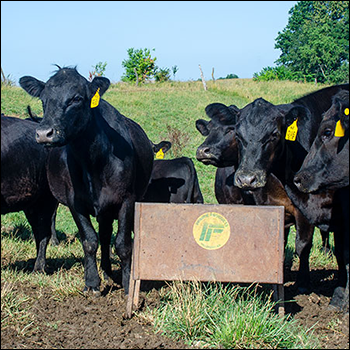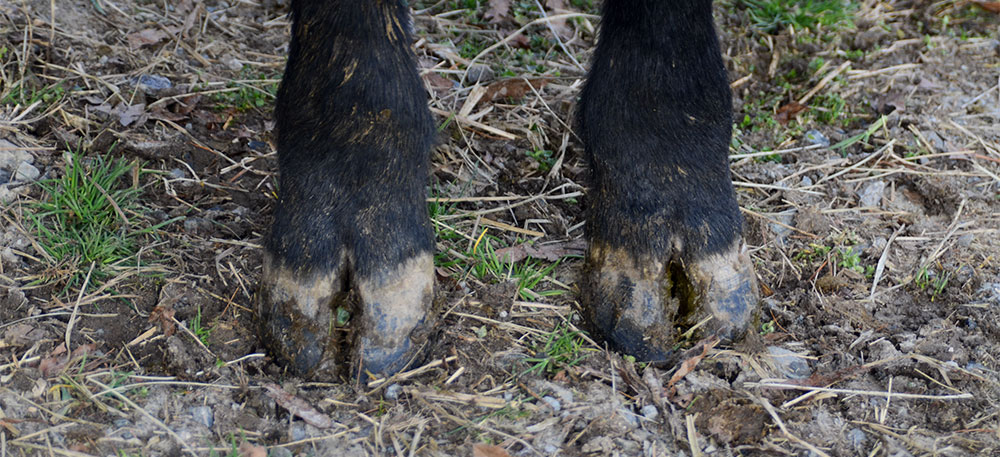
First Joint Partnership with Angus Australia
Angus Australia and the American Angus Association partner on foot score phenotypes.
The American Angus Association introduces the first-ever partnership with Angus Australia and the Canadian Angus Association to combine foot score phenotypes from all three databases. Following promising results from research conducted by Angus Genetics Inc. (AGI), the first updated foot score expected progeny differences (EPDs) including phenotypes from all three databases were published Nov. 27.
“Using all three of these databases will be valuable to breeders as we can better characterize both foot angle and claw set in our weekly genetic evaluations,” says Kelli Retallick, director of genetic and genomic programs for AGI. “This will undoubtedly increase the accuracy of these predictions, which in turn will allow Angus breeders to make more solid decisions about foot conformation.”
During the past several years, AGI has had the opportunity to work on several research initiatives with the goal of improving the weekly genetic evaluation for users of Angus genetics. To improve this evaluation, increasing the quantity and the quality of the data is important while considering the connectedness of that data across different contemporary groups. The joint evaluation adds more than 62,000 Australian foot score phenotypes to the more than 48,000 American and Canadian records currently in the American Angus Association database.
Same scoring system “The reason we can combine these two databases is because the scoring systems between the two associations are very similar,” says Retallick. “Actually, the foot score system we use here in the States was modeled after the Australian system, which has been used to capture phenotypes from certified scorers as far back as 2002.”
Before these databases could be combined, it was important to determine the connectedness of the two data sets. In doing so, AGI found that 20% of the progeny that had a foot score phenotype collected in Australia were sired by an American Angus Association registered bull and that another 33% had a grandsire registered with the American Angus Association in their pedigree.
Another benefit of incorporating the Australian data set is that it contains progeny phenotypes on older American sires, among which are 35 American Angus Association sires born between 1988 and 2014 that have a minimum of 25 Australian progeny with foot scores. Though these 35 sires have no foot score records whatsoever in the American database, they have 3,114 records in the Australian data set.
“This adds a lot of value to our weekly genetic evaluation in North America as we now have progeny phenotypes on bulls that we didn’t have the opportunity to capture, since we just started collecting foot scores in 2015,” says Retallick.
Expect some changes While these phenotypes bring value to the American Angus Association database, adding a large amount of data may result in changes to claw set and foot angle EPDs for individual animals. Though the correlations for claw set and foot angle between the existing and combined evaluations are quite high at 0.88 and 0.87, respectively, some re-ranking of animals will occur, particularly for those that have no records in the American database and a substantial number of progeny records in Australia. However, due to the quality of the data being introduced, these changes should be viewed as improvements to the predictions for these traits.
Looking at current sires that are registered in the American Angus Association herd book, the largest claw set and foot angle EPD changers are approximately ±0.25. Because foot score EPDs are components of the maternal weaned calf ($M) dollar value index ($Value), changes also may be seen in this index. The largest changers for $M are about $18, and this $18 change will be reflected in the combined value ($C) index.
Learn more about this partnership and how it will positively affect the American Angus Association database at angus.org.
Editor’s note: Whitney Whitaker is a communications specialist for the American Angus Association. Photo by Shauna Hermel.
